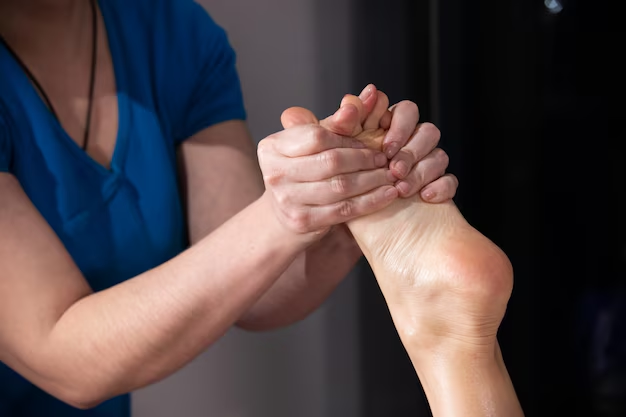Understanding Medicare Coverage for Podiatry Visits
When it comes to caring for our feet, especially as we age, podiatry becomes an essential service. The question of how often Medicare covers these visits can be a bit confusing, but understanding the basics can help you make the most of your healthcare benefits and plan efficiently for your medical needs.
How Medicare Covers Podiatry
Medicare Part B covers medically necessary services related to diagnosing and treating foot injuries or diseases, like heel spurs, bunions, or diabetic foot ulcers. These visits are covered if they are provided by a Medicare-approved healthcare provider. However, routine foot care, like nail cutting or callus removal, is generally not covered unless a patient has a specific systemic condition, such as diabetes, that results in severe foot complications.
How Often Can You See a Podiatrist?
The key factor in Medicare’s coverage for podiatry is medical necessity. If foot care is deemed necessary for the treatment or diagnosis of a condition or injury, Medicare will typically cover the cost. For instance, a diabetic patient might need to see a podiatrist more frequently due to heightened risk of foot complications. In such cases, the Medicare coverage is more flexible, based on the need and physician's recommendation.
What Are the Costs?
Under Medicare Part B, after you've met your deductible, you're usually responsible for 20% of the Medicare-approved amount. This cost-sharing can be reduced if you have additional Medigap or Medicare Advantage plans that offer broader coverage and lower out-of-pocket expenses.
Exploring Additional Financial Assistance
Navigating the landscape of medical expenses can be daunting, especially for services that might not be fully covered under Medicare. Fortunately, there are government aid programs and other options available to help manage healthcare costs.
Medicare Savings Programs: These are designed to help low-income Medicare beneficiaries pay for Medicare premiums and, in some cases, coinsurance and deductibles.
Extra Help for Prescription Drugs: If you're struggling with medication costs, the Extra Help program helps cover the cost of drug prescriptions under Medicare Part D.
State-Level Assistance Programs: Many states offer additional assistance to fill in the gaps not covered by federal Medicare benefits.
Exploring Broader Financial Solutions
Thinking beyond immediate healthcare needs, it’s crucial also to consider other financial strategies:
Debt Relief Options: If medical bills have piled up, looking into debt relief or restructuring options might be beneficial. Non-profit credit counseling services can assist in understanding these choices.
Educational Grants: If you're looking to enhance your skills and explore new career avenues, pursue educational grants that can lighten the financial load.
Credit Card Solutions: Some credit cards offer medical financing features with lower interest rates or deferred payment plans, which could help manage larger healthcare expenses over time.
By staying informed and proactive about your healthcare and finances, you can ensure better management of Medicare benefits and explore supplementary supports effectively.
Additional Financial Resources
- 💡 Medicare Savings Programs: Aid for Medicare premiums
- 💊 Extra Help: Assistance with medication costs
- 📜 State-Assistance Programs: State-specific aids beyond federal Medicare
- 💳 Credit Card Medical Financing: Low-interest finance options for health expenses
- 📚 Educational Grants: Opportunities for skill enhancement and career growth
- 📝 Debt Resolution Services: Support for managing and restructuring debt

Related Topics
- Am I Elgible For Medicare
- Am I Enrolled In Medicare
- Am I Qualified For Medicare
- Are Adult Diapers Covered By Medicare
- Are Chemotherapy Drugs Covered By Medicare Part d
- Are Colonoscopies Covered By Medicare
- Are Covid Tests Covered By Medicare
- Are Cpap Machines Covered By Medicare
- Are Cpap Supplies Covered By Medicare
- Are Dental Implants Covered By Medicare